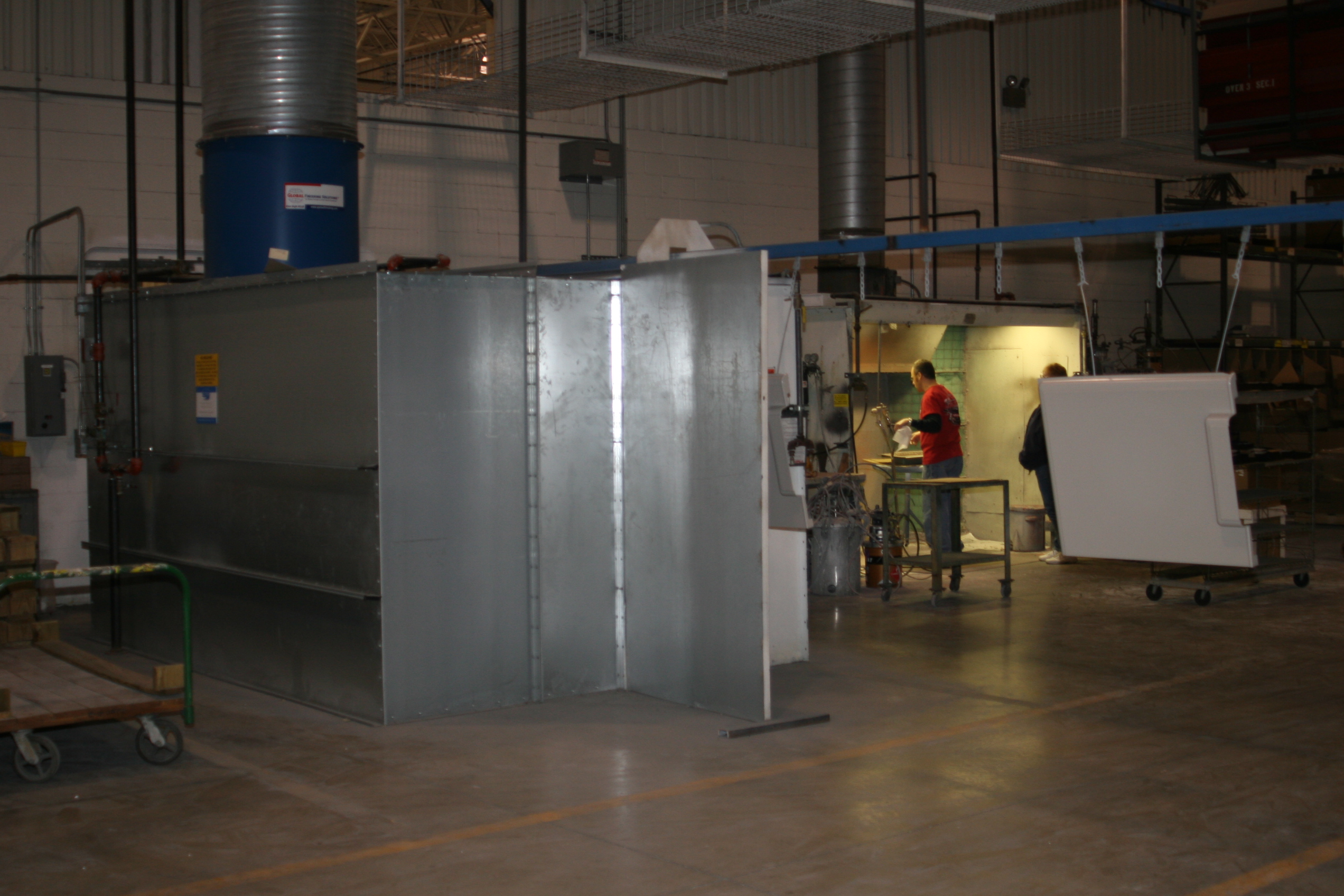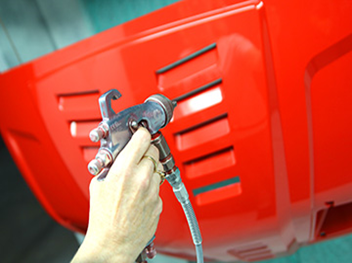Painting plastic injection molded parts is common, but perhaps not for the reasons you may think. Today, resin compounders provide numerous colors and effects allowing plastic products to be made with a molded-in color. This allows for a one-step process when molding a part and can be the most cost-effective option.
Sometimes painting after the injection molding process is the better solution when requirements cannot be met with just a custom colored resin. This is due to several factors that include appearance, UV protection and improved functionality.

APPEARANCE
1. Superior Color Matching
Sometimes the desired effect on the part, such as the amount of gloss or color, cannot be achieved with custom colored resins. In these situations, paint provides ultimate flexibility to the look of the end product. It can enhance the appearance of the plastic and provide a better match to color and desired sheen. Appearance can also be impacted by the flexibility of applying layers of primer and paint. Custom colors and uniformity are more easily achieved with paint.
2. Mass Customization
When the same product comes in multiple colors, determining the most cost effective manufacturing process is critical. Producing a variety of colors in an injection molding press is impractical, particularly when the plastic colored parts that are required are small. This is because injection molding is most cost effective running a large volume of parts. Color changes add to waste, time and cost. To optimize production, parts are molded in one base color and then the required number of parts are painted in each color required. Having molded parts ready for painting allows for quick turn around and custom colors.
3. Conceal Imperfections
Paint helps to conceal the imperfections of the mold and/or surface conditions that are a result of the injection molding process or complex part geometry. Painting applications such as Primers are also available to fill or cover these defects. Some of the imperfections include:
- Blush: small imperfections that occur while the plastic fills the cavity.
- Filled resins: carbon or glass-filled resins cause white lines can have fibers on the surface of the part.
- Foaming agent: When molding structural foam parts, the surface is not cosmetically acceptable unless it is painted.
4. Glossy Finish
As a customer, you may want a higher gloss finish than the resin is capable of providing. Paints can achieve a wide range of gloss levels, which will make it easier to achieve your marketing objectives.
FUNCTIONALITY
While painting not only allows for improved aesthetics, the functionality of your plastic part can be increased through painting, as described below:
5. Stain Resistance
Paint can improve protection of plastic molded parts from a broader range of chemicals and other substances that can stain it.
6. Chemical Resistance
Most cleaning chemicals in the market today are harsh and can reduce the physical properties of some plastics over time. Paint helps to protect the plastic parts.
7. Easy To Clean
The smooth finish makes cleaning the plastic easy. There are no scratches or stains that would make it hard to clean or give dirt and dust a place to hide.
8. Abrasion/Scratch Resistance
Paint makes the plastic surface harder so that it will not be as easily scratched, helping to avoid abrasions.
9. Weatherability
UV coating is a perfect choice, especially if your plastic parts will be outside. A number of plastics are sensitive to sun exposure, the ozone, salt, and acids that will limit the life of the product. Though UV stabilizers can be added to the resin, that may not always be sufficient. Paint will help provide additional protection and extend the product’s life.
Understanding the effects of paint on plastics is a key to improving the appearance and performance of your molded plastic part.





